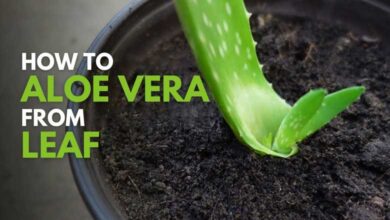How to Grow Radishes, Its Nutrition and Care
Many people do not like to eat radish (how to grow radishes). Though it is a nutritious vegetable. There are a huge amount of carotene, vitamin A, calcium and iron in Radish. The cultivation of Radish is increasing day by day all around the world. Especially, the farmers show their tendency to grow Radish unseasonably.

You can farm radish at high, medium high and even at low platform. Well-manure sandy loamy soil is perfect for its cultivation. Plough the land deeply and shuffle your soil with ladder. Provide ash and organic manure at a high amount to increase production possibility curve. You can also grow Luffa or Ridge Gourd.
Species of Radish
According to the period of farming and variety of size, color and length, Radish are mainly of four types. But there are several typical kinds of radish such as April cross, Bunny tail, Cherry belle, Champion, Red king, Sicily giant, Snow belle, Plum purple, Easter egg, red radish, white radish etc. One can easily produce them according to their wish, demand and importance
Quantity of Seed and Sowing Period
For a bumper production, 2.5-3.0 kg seeds is required for per hector. Usually the seed is sowed being spread. But sowing in row helps us to care them properly. For sowing in rows, the distance will be 25-30 cm from one to another.
Applying Fertilizer in Radish Farming
To get expected production, we must apply the best amount of fertilizer. Fertilizer maintains the overall growth and increases the production rate.
Applicable Fertilizer
A List of Possible Fertilizer is given below:
Fertilizer Quantity (Per Hector)
- Urea 300- 350 Kg
- TSP 250- 300 Kg
- MOP 215- 300 Kg
- Cow dung 8-10 Ton
Fertilizer Applying Method

Mix full dose of cow dung, TSP and half dose of MOP with the soil while preparing the land. Apply Urea and the rest MOP in the land after 3rd and 7th week of sowing the seeds. If we want to produce the seeds, we must use Borax in the land. The amount of Borax is 10-15 kg for per hector.
Care of Radish Farming
7-10 days after sowing the seeds, we must uproot the excessive seedlings. The best distance between two seedlings is 30 cm. If there is lack of moisture in soil, we may need to irrigate the land. But most importantly, we need to remember that, after every application of fertilizer, we must irrigate the land. Clean the weeds regularly. If the upper section of soil gets tight, with the help of hoe, we must loosen it.
Insect Management
Sometime the leaves are drilled. Again, Mastered Saw Flies, Horse Fly, Scorpion Beetle, also destroy leaves. During the seed production, several harmful flies cause a great harm to the production. So, we need to be concern about such alarm.
Disease Management
White mark on leaves is a major concern for Radish farming. Again, the mark on young shoot is one of the common crisis.
Collecting Vegetable
We must collect the Radish before it gets strong. However, this possibility has been decreased by the invention of hybrid radish. Yet, it should be collected at a young stage to have a proper demand and perfect price. According to the variety, it is possible to get 40-60 ton per hector.
“how to grow radishes, how long do radishes take to grow, how to plant radishes, how to plant radish seeds, how do radishes grow, how to harvest radishes, how long does it take for radishes to grow, how long for radishes to grow, how to grow radishes indoors, how to grow radish at home, how long to harvest radishes, how fast do radishes grow.”






